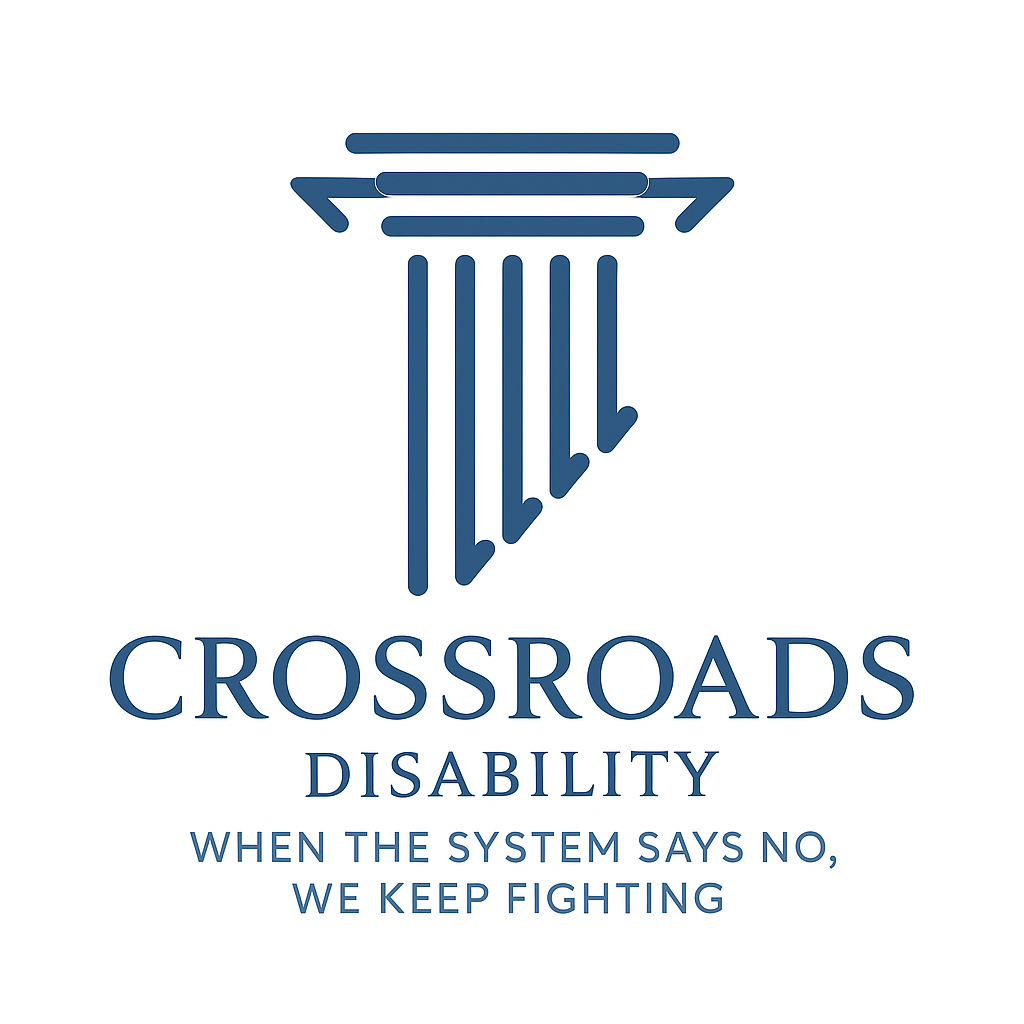Why Is Your Past Work Important in Social Security Disability Cases?
Why is Past work history important for disability case?

When you apply for Social Security Disability (SSDI) or Supplemental Security Income (SSI), one of the first things the Social Security Administration (SSA) examines is your past work history. Many people are surprised to learn that what you did years ago — your duties, physical demands, and skills — can play a major role in whether you’re found disabled today.
Understanding how SSA evaluates your past work and what time period they look at can help you and your attorney prepare stronger, more accurate claims.
⚖️ What “Past Relevant Work” Means
Social Security uses the term “past relevant work” (PRW) to describe the jobs you’ve done in the recent past that could still be relevant to your ability to work today.
To be considered “past relevant work”, a job must meet three criteria:
- Performed within the relevant period (the lookback window)
- Lasted long enough for you to learn how to do it
- Was substantial gainful activity (SGA) — meaning you earned above the SGA limit during that period
If a job doesn’t meet these requirements, SSA generally won’t consider it as part of your work history for disability purposes.
📆 The Five-Year Lookback Period
SSA looks at your work history over a specific time frame — and the length of that window depends on whether your claim is for SSI or SSDI.
1. For SSI (Supplemental Security Income)
- The five-year lookback period is measured from the date of your hearing (or decision).
- SSA reviews your jobs from the five years before the hearing to determine if any of that work is still considered “relevant.”
- Older jobs beyond that five-year window are usually considered too far in the past to matter, since your skills and the job market may have changed.
2. For SSDI (Social Security Disability Insurance)
- The lookback period is five years back from your “Date Last Insured” (DLI) — the date your SSDI coverage expired.
- This is crucial because you must prove you became disabled on or before your DLI to qualify for SSDI benefits.
- SSA will consider only the jobs you did in the five years prior to that date as your “past relevant work.”
🧱 Why It Matters
Your past work determines:
- What jobs SSA thinks you can still do
- How your medical limitations affect your ability to return to those jobs
- Whether you can transition to other work
During the disability evaluation, SSA compares your Residual Functional Capacity (RFC) — what you can still do despite your impairments — to the demands of your past work.
If SSA decides you can still perform one of your past jobs as you actually did it (or as it’s generally done in the national economy), your claim may be denied.
If you cannot return to that work, SSA moves to the next step in the process to decide whether there are other jobs you could still perform.
🧩 The Role of Vocational Evidence
At the hearing level, a Vocational Expert (VE) often testifies about your past work and other potential jobs.
The VE uses data from the
Dictionary of Occupational Titles (DOT) to classify your past jobs by skill level and physical demand.
That’s why it’s critical that your past work history forms (SSA-3369) are filled out accurately.
Small details — like how much lifting you did or whether you stood most of the day — can change your entire case outcome.
🗂️ How to Prepare
Here are a few steps you can take to strengthen your disability claim:
- List every job you’ve had in the last 15 years, but pay special attention to those within the five-year relevant period.
- Describe duties clearly: lifting, standing, bending, writing, use of machinery, people interaction, etc.
- Be precise about how long each job lasted and your average earnings.
- Provide supporting documentation if available (tax records, pay stubs, etc.).
- Work with an experienced disability attorney who can compare your RFC to your past work to build the strongest argument possible.
⚖️ Final Thoughts
Your past work isn’t just background information — it’s one of the foundations of your disability case.
Understanding the five-year lookback rule and providing accurate job details helps ensure that the SSA and the judge fully understand your limitations in the context of your real work history.
At Crossroads Disability, we help clients gather the right evidence, describe their work accurately, and present strong cases that demonstrate why they can no longer perform that work.
If you’re unsure how your past work affects your claim, click here to contact us today for a free case evaluation.
We’ll help you at every step — from initial filing through hearing and appeal.
Click here for a free case evaluation that takes minutes










